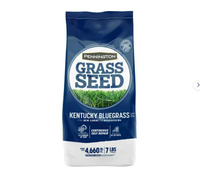Whether your lawn is already mastered, or it’s less than stellar, the month of May is the prime time to get it in tip-top shape for the year ahead. If you figured out how to overseed a lawn (and applied it) in fall to fix patchy grass and started to mow at the beginning of spring then you've already made a good start, whether you know it or not.
This time of the year is also perfect for pruning spring-flowering shrubs and trees and planting-out seedlings, since the risk of frost has now past. There is a process on how to do these yard tasks, though, so we've asked a handful of yard experts to wade in and share their top-tips for achieving gardening success.
10 yard projects to complete in May
1. Get your equipment ready
Craig Elworthy, founder of Lawnbright, tells me that this is often a forgotten step, but having the right equipment in advance can make a big difference in your lawn care routine. “Get your irrigation system turned on, check your hoses, and sharpen your lawn mower blades—I usually take my mower blades to a hardware store for sharpening.”
Sharpening your mower blades helps in two ways. “It makes a big difference in the quality of the cut, and prevents disease from setting in due to a dull blade tearing through the grass,” Elworthy explains. This will help to keep your best lawn mower in good, working-order throughout the seasons.
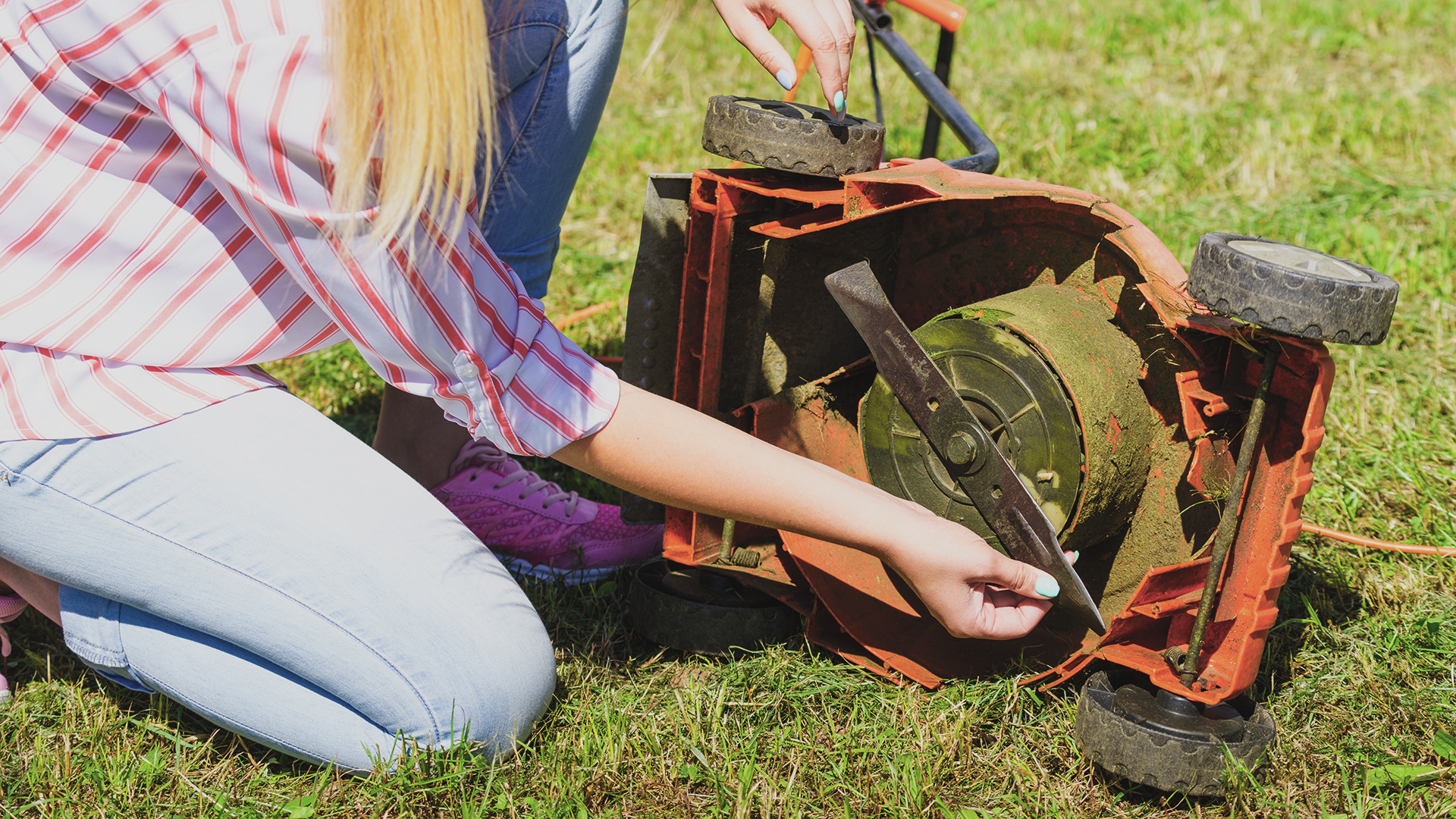

Craig Elworthy is the founder of Lawnbright, a lawn care subscription service featuring all natural products that are safe for kids and pets.
2. Fertilize the lawn
Fertilizing your lawn promotes healthy growth throughout the warm months. “Use a slow-release nitrogen-rich fertilizer for lush, green grass,” Gene Caballero, co-founder of GreenPal in Nashville, TN, tells me.
The Scotts Green Max Lawn Food | Lawn Fertilizer Plus Iron Supplement for Greener Grass, 5,000 sq. ft., 16.67 lbs for $37.49 on Amazon is an example that will provide deep-greening in just three days.
However, Elworthy warns that you should resist the urge to overdo it. “Lawns need very little attention in the spring as grass will go through a natural ‘flush’ where everything greens up and starts growing vigorously on its own.” If you fertilize excessively, he says you’ll just be wasting your money—and it’s possible that you’d actually be hurting your lawn. “I use a single application of a low nitrogen liquid fertilizer, and that's basically it,” Elworthy says.
According to Phil Catron, president and founder of NaturaLawn of America, “Applying too much quick release artificial nitrogen fertilizer may make the lawn green up fast, but it can also lead to excessive top growth at the expense of minimizing important root growth.” He says that excessive applications of nitrogen in the spring will also lead to major lawn disease problems in late spring and early summer. “Always try to spoon feed the lawn over the growing season with slow release organic or organic-based fertilizers.”

Gene Caballero, co-founder of GreenPal, is a seasoned entrepreneur with deep-rooted expertise in the landscaping industry. His extensive knowledge and innovative approach have been instrumental in shaping GreenPal into a leading online platform for lawn care services. Gene’s vision and leadership have played a crucial role in connecting homeowners with local lawn care professionals, revolutionizing the way lawn care is managed and delivered.
3. Aerate compacted soil
“Compacted soil will cause difficulties for grass to grow and many weeds, such as clover, plantain, and chickweed will thrive under compacted soil conditions,” says Catron. If the soil is compacted, he says the weeds will have the upper hand.
“Core aeration is the process of pulling a soil core plug out of the soil, which helps alleviate compaction, and allows water, air, gasses, and nutrients to reach the root depths in the soil where beneficial microbes live.
” By relieving compaction in the soil, Catron says this helps the desirable grass grow—without doing major renovation and it also reduces weed pressure.
“Annual fall core aeration for cool season lawns (springtime for warm season lawns) is certainly one of the best practices to keep soils healthy and grass thriving,” he explains.
The Greenworks 14in Cordless Dethatcher and Scarifier is suitable for use throughout the year; it's dethatch in the fall and scarifier (also aerate) in spring.
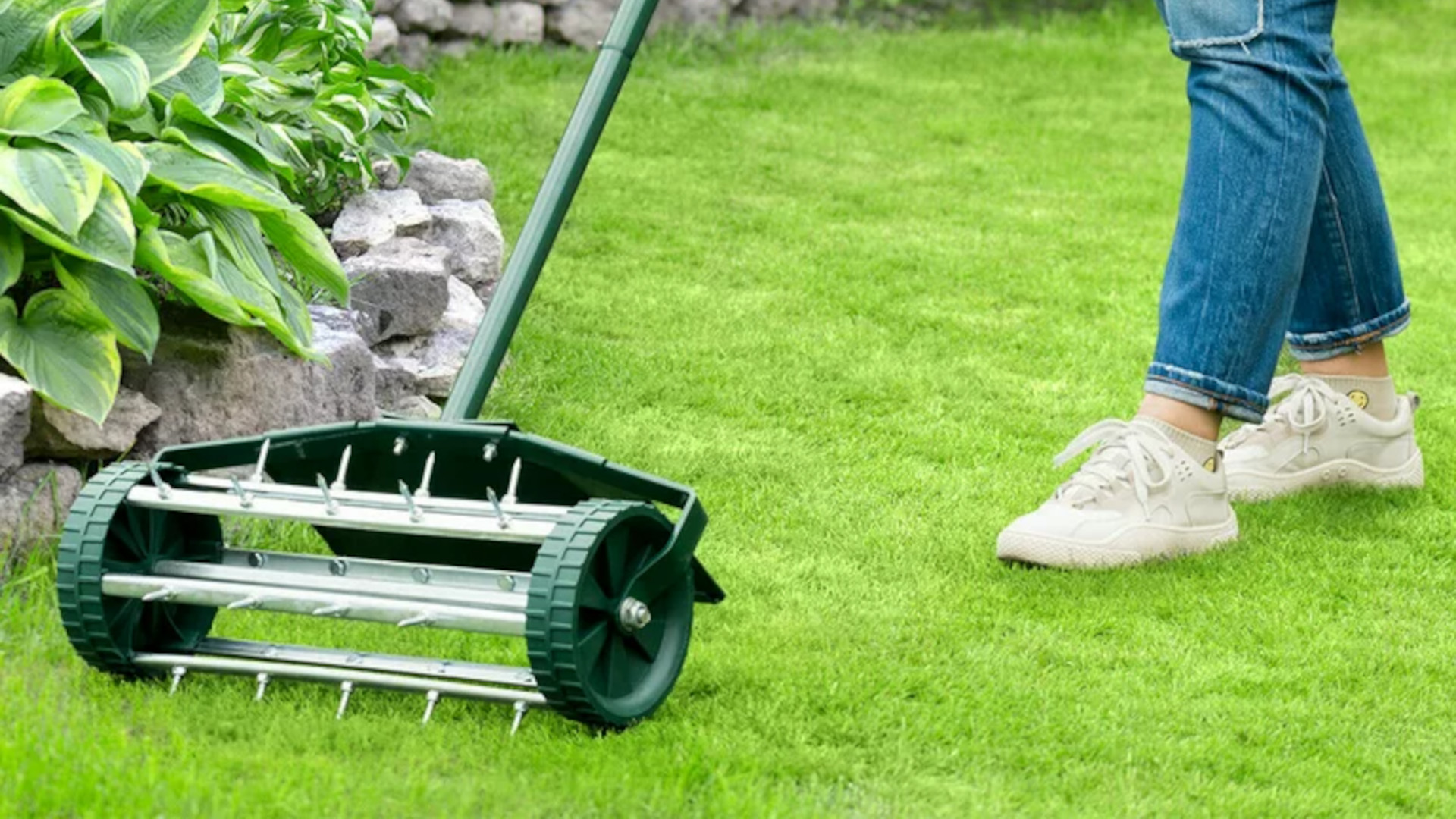
4. Control weeds, but not exterminate
Weed control is another activity that Caballero recommends for the month of May. “Apply pre-emergent herbicides to prevent weed seeds from germinating and use post-emergent treatments for any existing weeds,” he says.
Catron notes that May weather brings warmer weather but also the emergency of pesky weeds. “A ‘weed’ is just a term for an unwanted plant, and of course, there are chemical controls to reach for, but having a few weeds is not unusual and should be expected to a certain extent.” In fact, he says that eradication should not be your expectation. However, some of his natural tips are included in the sections below.

Phil Catron founded NaturaLawn of America (NLA) in 1986 when he saw a great need for nontoxic, organic-based lawn care that no one else in the industry was offering or even considering and a concept his former employer wouldn’t take seriously.
Since founding NLA nearly 40 years ago, Phil has continuously led the company to be ahead of the industry curve, including developing and implementing the use of zero-phosphorus fertilizers several years before states began mandating it through legislation, as well as introducing soil testing into NLA’s agronomic programs many years before numerous states mandated it.
5. Lightly rake your lawn
The process of lightly raking your lawn can help to wake it up, and Elworthy says it can also remove any debris that accumulated over the winter. “This also allows sunlight and airflow into the turf system, which helps to bring it out of dormancy and thicken up quickly, crowding out weeds that will creep in later in the season,” he explains.
His view is shared by Catron, who says, “A light raking over your lawn after the snowfall has melted will increase air circulation and reduce the chances of snow mold occurring.” And in addition to removing unsightly debris, Catron explains that raking your grass with a garden leaf rake ($36.99 on Amazon) will help clear off any smaller debris. “Acorns or small tree twigs can cause bare spots or quickly dull your mower blade if not removed from the lawn,” he says.
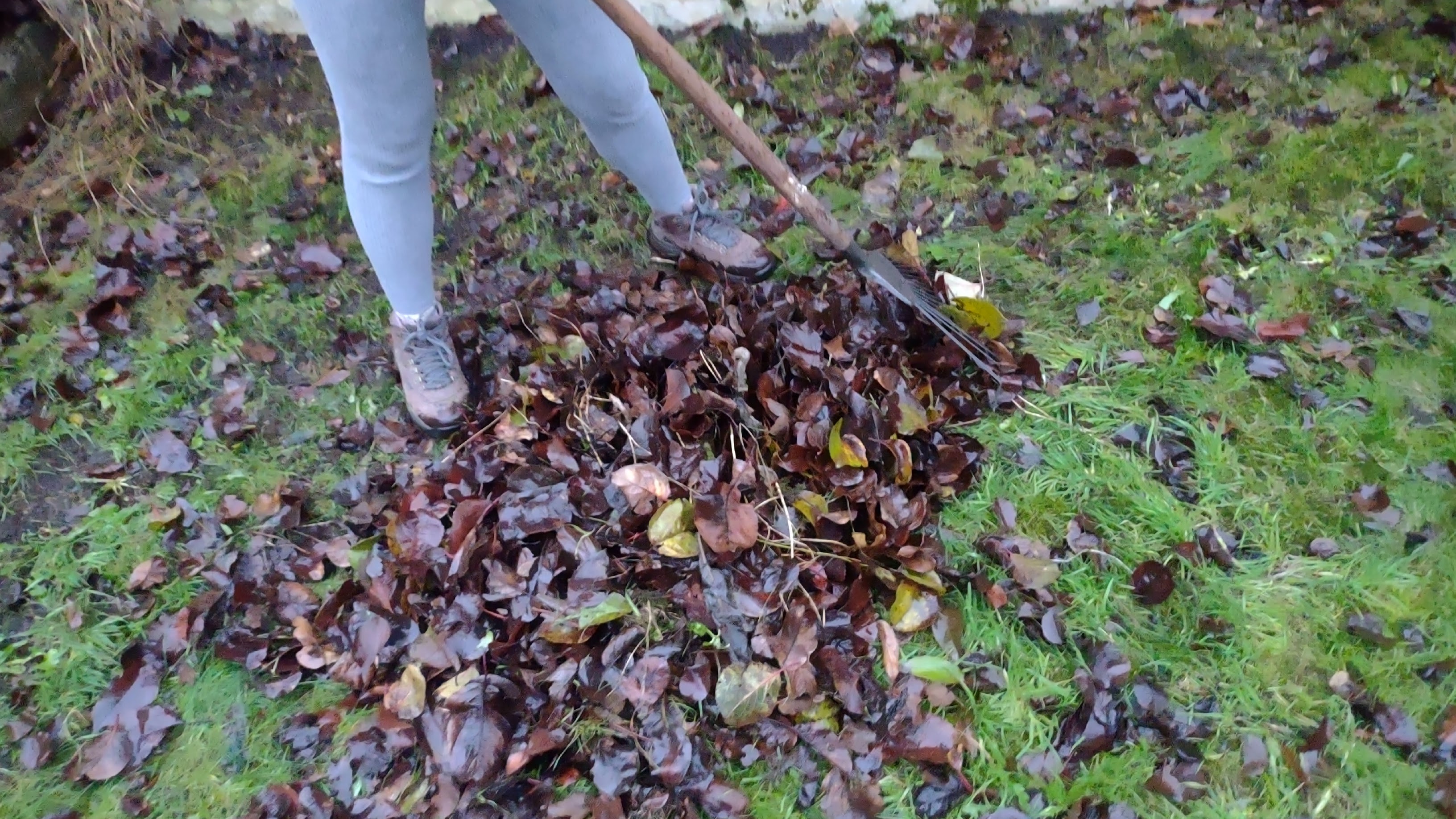
6. Plant summer-flowering bulbs and seeds
Cabellero points to May as an ideal month for planting summer-flowering bulbs and seeds. “It’s also a good month to plant perennials, trees, and shrubs, allowing them time to establish before the heat of summer.”
However, if you plan on planting new grass seed in May, Elworthy says you need to hold off on pre-emergent. “Most of the time we advise that customers seed in the fall to take advantage of better conditions for growing new grass, but some people like to seed in the spring to fill bare patches.”
If you choose to do this in the spring, he warns that you’ll need to deal with higher weed pressure and higher temperatures immediately. Catron agrees, saying you should apply seed and allow it to germinate before getting your spring pre-emergent application.
7. Prune shrubs and trees
If you use your best pruners to prune spring-flowering shrubs and trees, Caballero says this will encourage new growth and help them to maintain their shape.
Our #1 rated pruner is the Felco 6 Pruning Shears ($65.19 on Amazon) which we can highly recommend for cutting even the toughest plant matter.
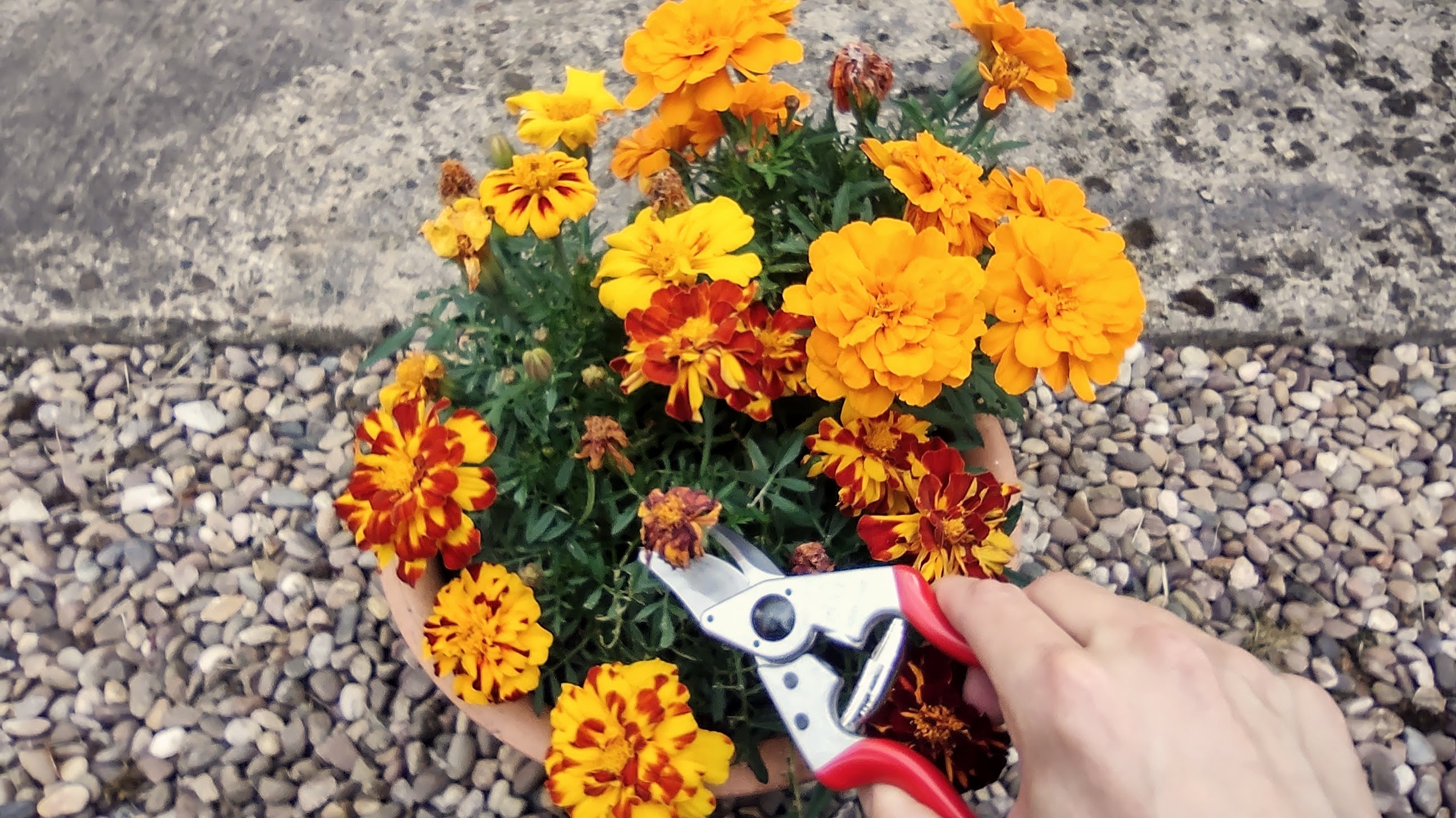
8. Mulch around trees, shrubs, and flower beds
“Refresh the mulch around trees, shrubs, and flower beds to conserve moisture, suppress weeds, and improve soil quality,” says Caballero. So, how much mulch do you need? “Add 1 inch to 2 inches of fresh mulch to landscaped areas and tree rings,” advises Eric Harshman, grounds project manager at SSC Services for Education, which provides facilities maintenance and grounds management for educational spaces.

Eric Harshman is a senior project manager with SSC Services for Education. He has 26 years of experience in the grounds industry, with time spent managing grounds for colleges and universities with Division I & III athletics, high-end country clubs, and MiLB Triple A & Single A Baseball. Eric has earned his Sports Field Manager, Grounds Manager, and Snow & Ice Manager certifications. He is also a licensed herbicide and pesticide applicator in Kentucky, Tennessee, and Indiana.
9. Water the lawn and plants
Elworthy says May is the time to dial-in your best drip irrigation system. “Most lawns need 1 inch of water per week – and this is easily measured with a rain gauge.” He says you can place a few rain gauges around your yard, and check on them weekly – taking care to supplement the rainfall with as much water as necessary to get to 1 inch.
However, Catron says a rigorous process may be necessary. “In cases where you may be experiencing drought conditions and the lawn’s soil is dry it is best to cater to the predominant grass type.” He recommends watering deeply and infrequently. “The goal is to provide water to the grass’ root system, about 4”-6” deep in the soil, and using a rain gauge in the watering zone can help measure the proper amount.”
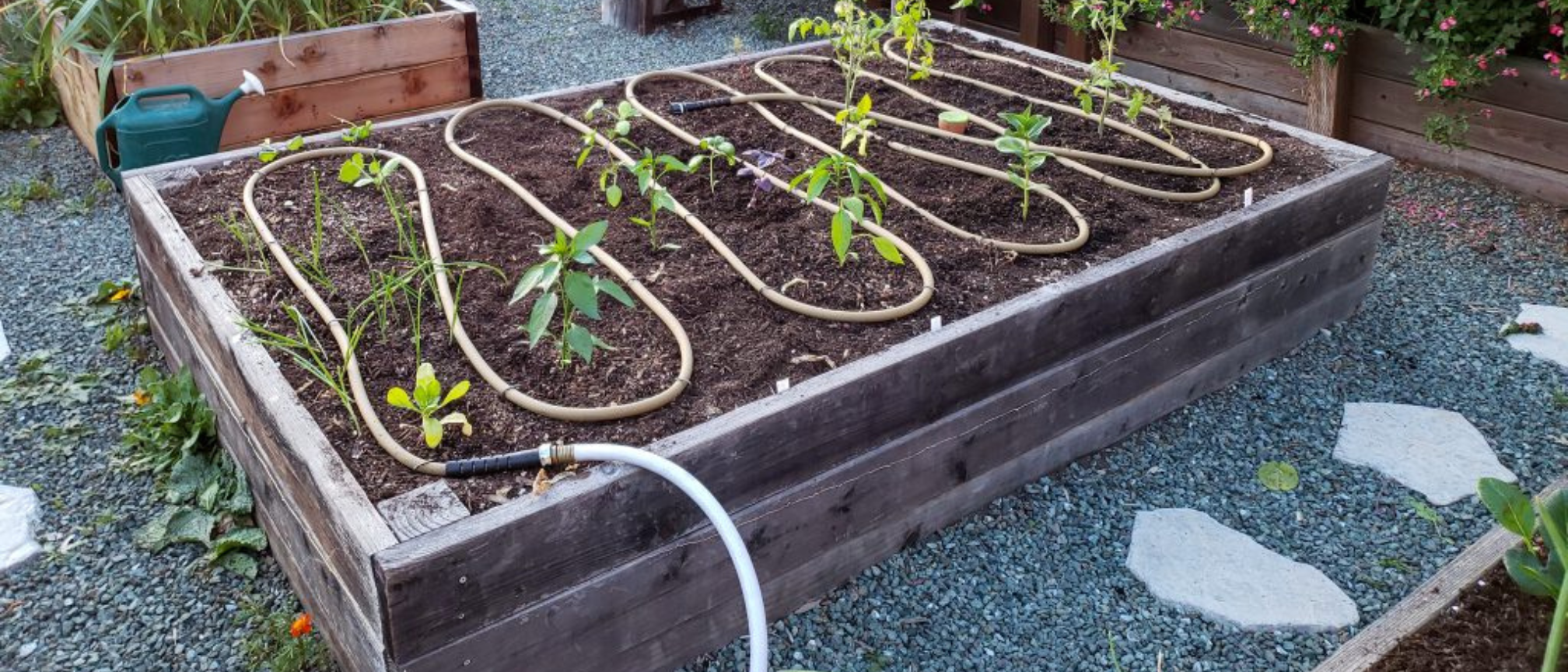
10. Regularly mow
You should also start regularly mowing your lawn in May. Harshman recommends that you keep it 2 inches to 3 inches high if you have cool season grasses, such as Kentucky Bluegrass, Fescue, and Ryegrass. “For warm season grasses, such as Zoyzia and Bermuda grass, 1.5 inches to 2 inches is the recommended height,” he says.
According to Catron, if you mow at the correct height, it will prevent crabgrass from germinating in the lawn. “Mowing at the correct height also helps the desirable grass maintain vigor and color and avoid stress.”
Mowing frequency is another consideration. “Try to never chop off large portions of the leaf blade—for example, if the desired mow height is 4in after the cut, when the lawn reaches 6in it is time for a cut,” he says.
For more ways to prepare the yard during May, check out the best outdoor furniture deals to create a sitting space for less and these lawn mower deals to upgrade your mower (if you need) for a discount.

